Rise of Genghis Khan
admin Jun 24, 2019The locations of the Mongolian tribes during the Khitan Liao dynasty (907–1125)
In the early 12th century, the Central Asian plateau north of China was divided into several tribes of confederation, including Naimans, Merkits, Tatars, Khamag Mongols, and Keraites, that were all prominent and often unfriendly toward each other, as evidenced by random raids, revenge attacks, and plundering.
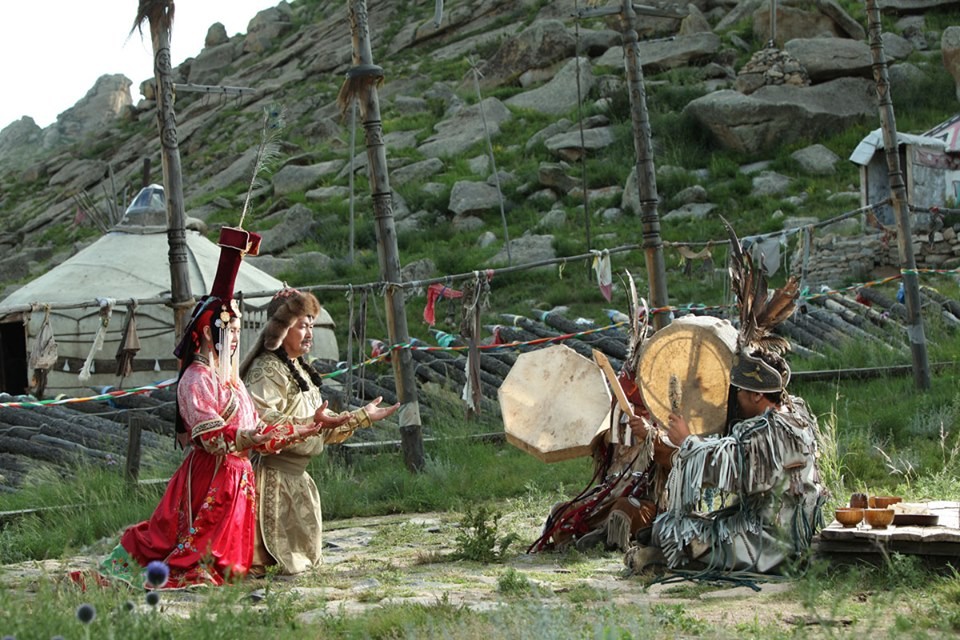
Early attempts at power
Temüjin began his ascent to power by offering himself as an ally (or, according to other sources, a vassal) to his father's anda (sworn brother or blood brother) Toghrul, who was Khan of the Keraites, and is better known by the Chinese title "Wang Khan", which the Jurchen Jin dynasty granted him in 1197. This relationship was first reinforced when Börte was captured by the Merkits. Temüjin turned to Toghrul for support, and Toghrul offered 20,000 of his Keraite warriors and suggested that Temüjin involve his childhood friend Jamukha, who had himself become Khan of his own tribe, the Jadaran.
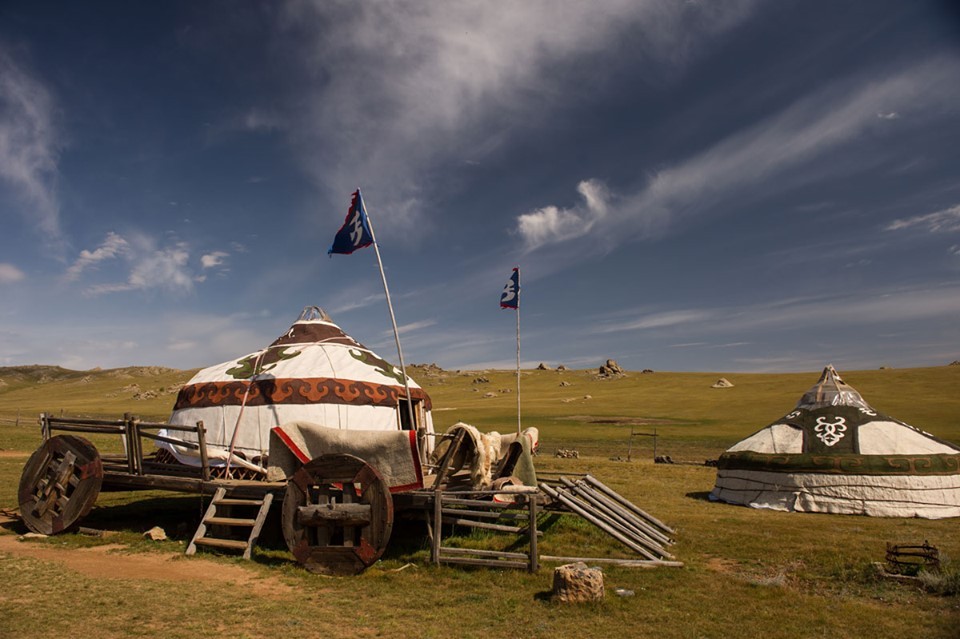
Although the campaign recaptured Börte and utterly defeated the Merkits, it also paved the way for the split between Temüjin and Jamukha. Before this, they were blood brothers (anda) vowing to remain eternally faithful.
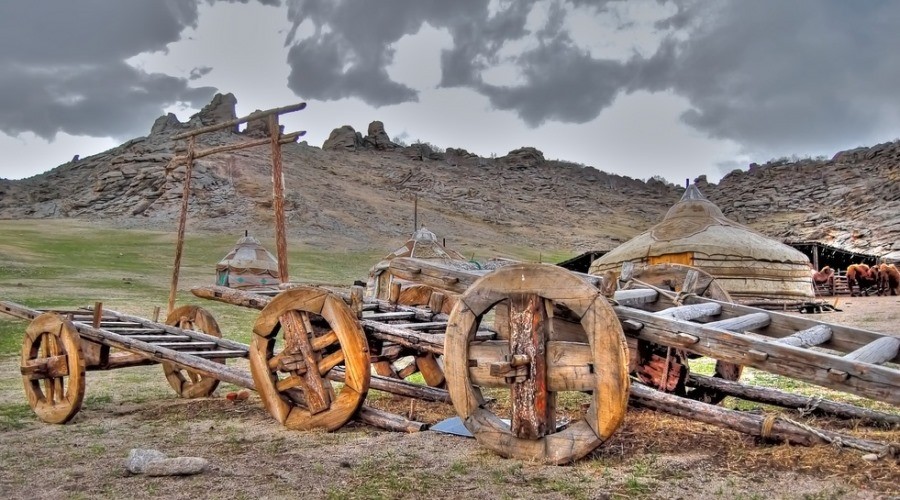
Rift with Jamukha and defeat at Dalan Balzhut As Jamukha and Temüjin drifted apart in their friendship, each began consolidating power, and they became rivals. Jamukha supported the traditional Mongolian aristocracy, while Temüjin followed a meritocratic method, and attracted a broader range and lower class of followers. Following his earlier defeat of the Merkits, and a proclamation by the shaman Kokochu that the Eternal Blue Sky had set aside the world for Temüjin, Temüjin began rising to power.In 1186, Temüjin was elected khan of the Mongols. Threatened by this rise, Jamukha attacked Temujin in 1187 with an army of 30,000 troops. Temüjin gathered his followers to defend against the attack, but was decisively beaten in the Battle of Dalan Balzhut. However, Jamukha horrified and alienated potential followers by boiling 70 young male captives alive in cauldrons. Toghrul, as Temüjin's patron, was exiled to the Qara Khitai. The life of Temüjin for the next 10 years is unclear, as historical records are mostly silent on that period.
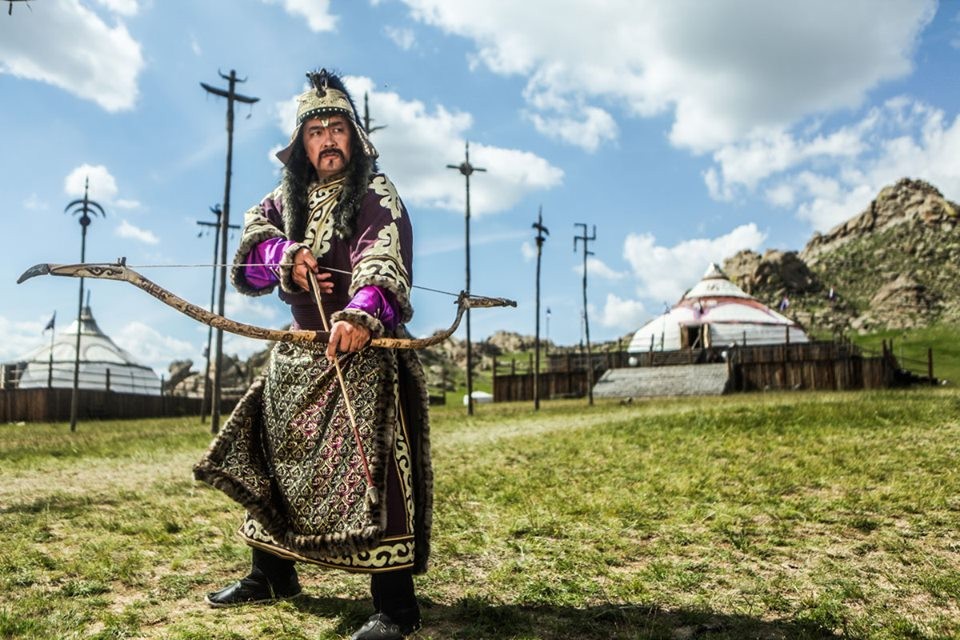
Around 1200, the main rivals of the Mongol confederation (traditionally the "Mongols") were the Naimans to the west, the Merkits to the north, the Tanguts to the south, and the Jin to the east.
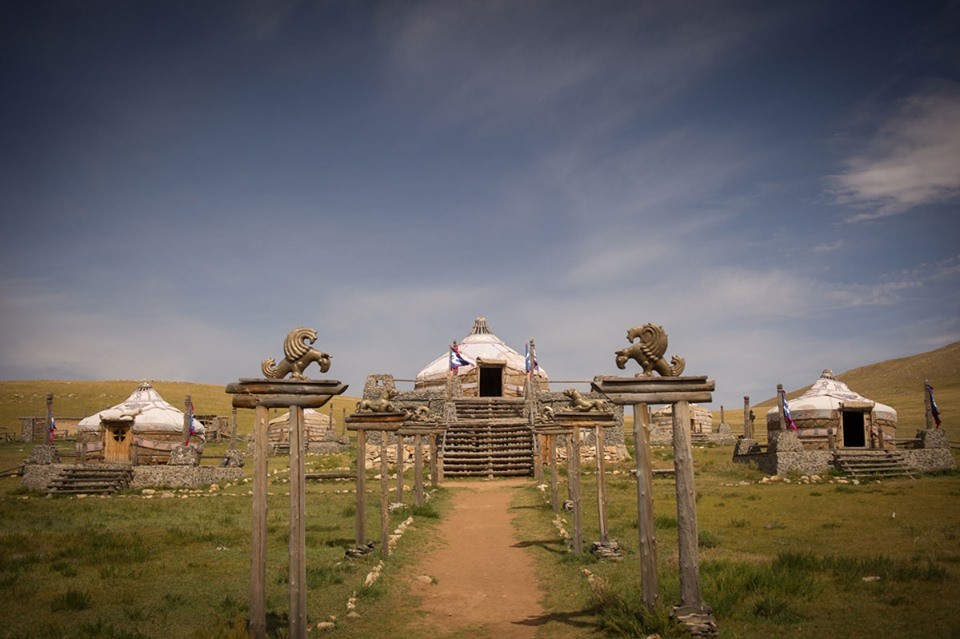
Return to power
Around the year 1197, the Jin initiated an attack against their formal vassal, the Tatars, with help from the Keraites and Mongols. Temüjin commanded part of this attack, and after victory, he and Toghrul were restored by the Jin to positions of power. The Jin bestowed Toghrul with the honorable title of Ong Khan, and Temüjin with a lesser title of j'aut quri.
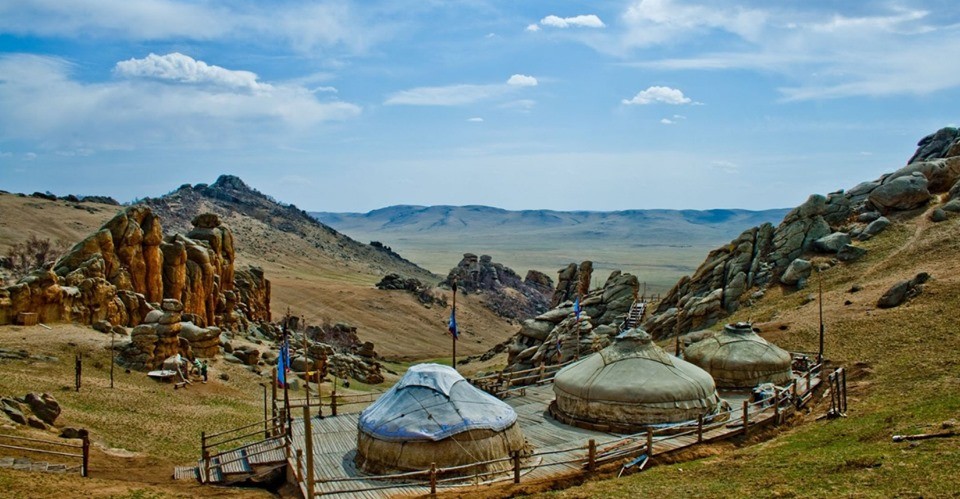
Jurchen inscription (1196) in Mongolia relating to Genghis Khan's alliance with the Jin against the Tatars.
In his rule and his conquest of rival tribes, Temüjin broke with Mongol tradition in a few crucial ways. He delegated authority based on merit and loyalty, rather than family ties. As an incentive for absolute obedience and the Yassa code of law, Temüjin promised civilians and soldiers wealth from future war spoils. When he defeated rival tribes, he did not drive away their soldiers and abandon their civilians. Instead, he took the conquered tribe under his protection and integrated its members into his own tribe. He would even have his mother adopt orphans from the conquered tribe, bringing them into his family. These political innovations inspired great loyalty among the conquered people, making Temüjin stronger with each victory.
